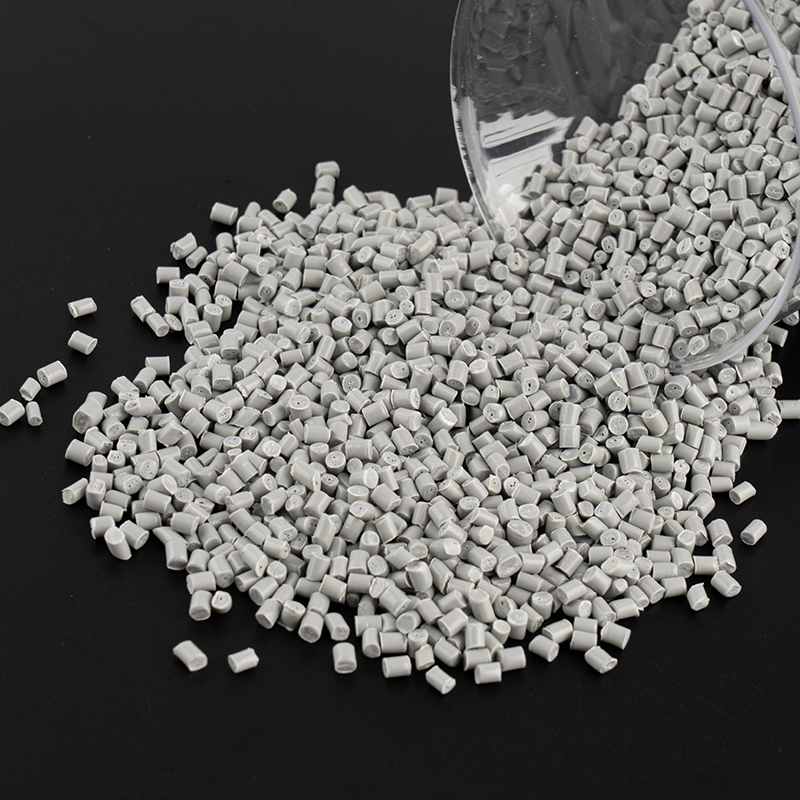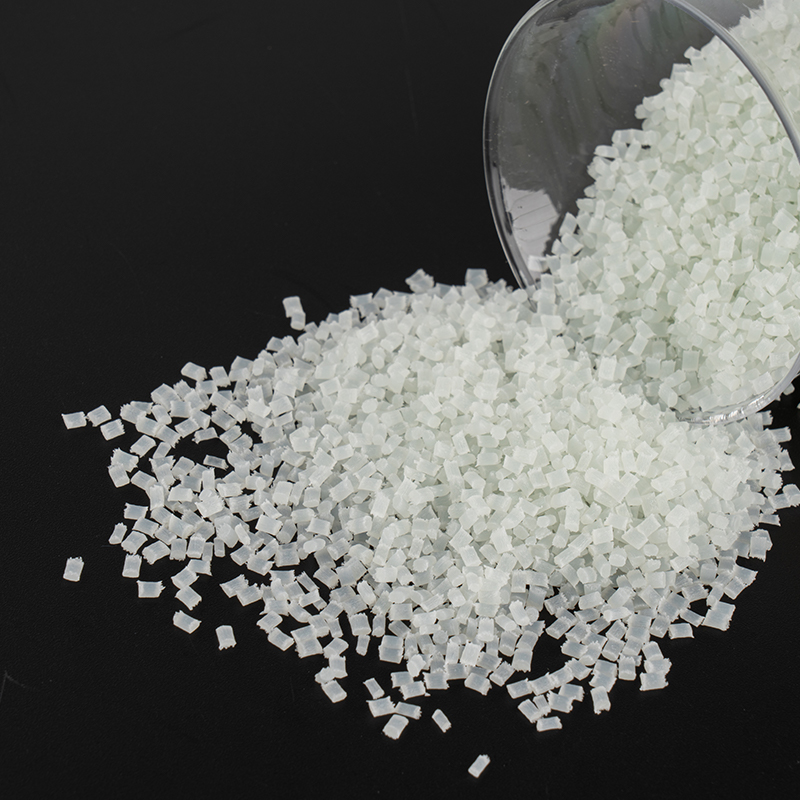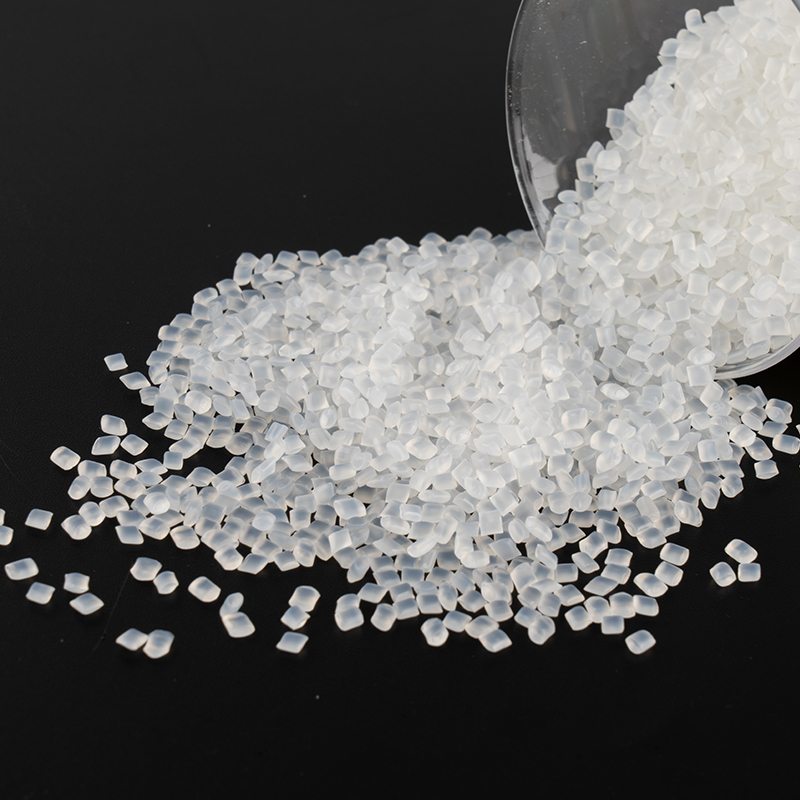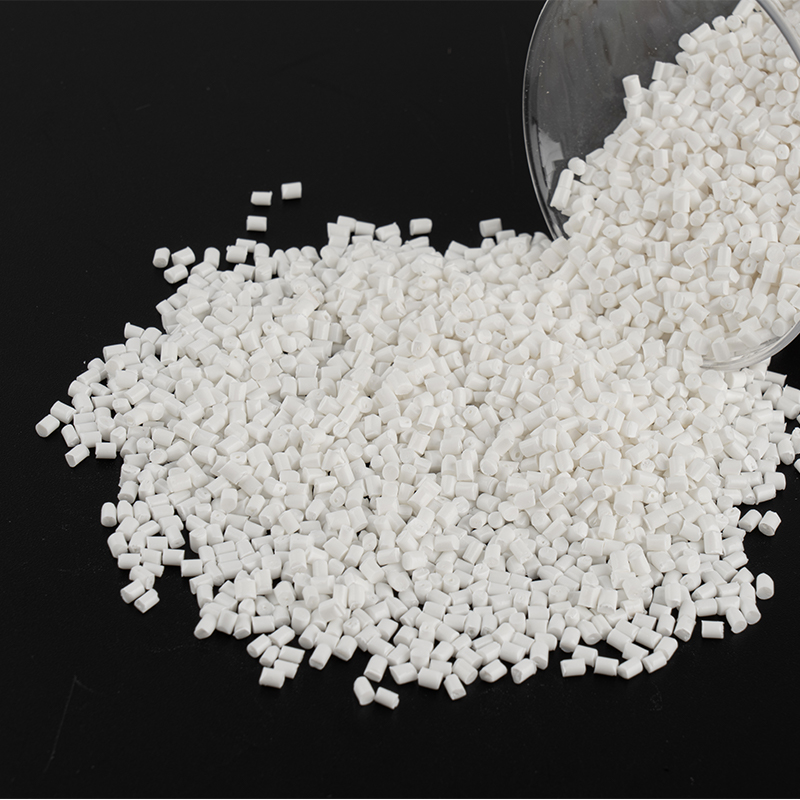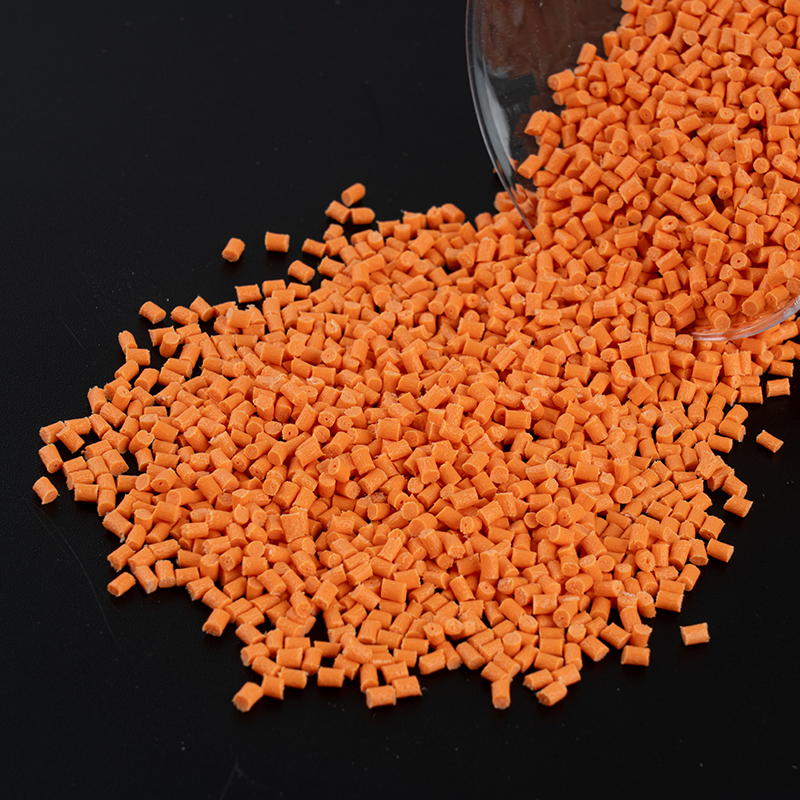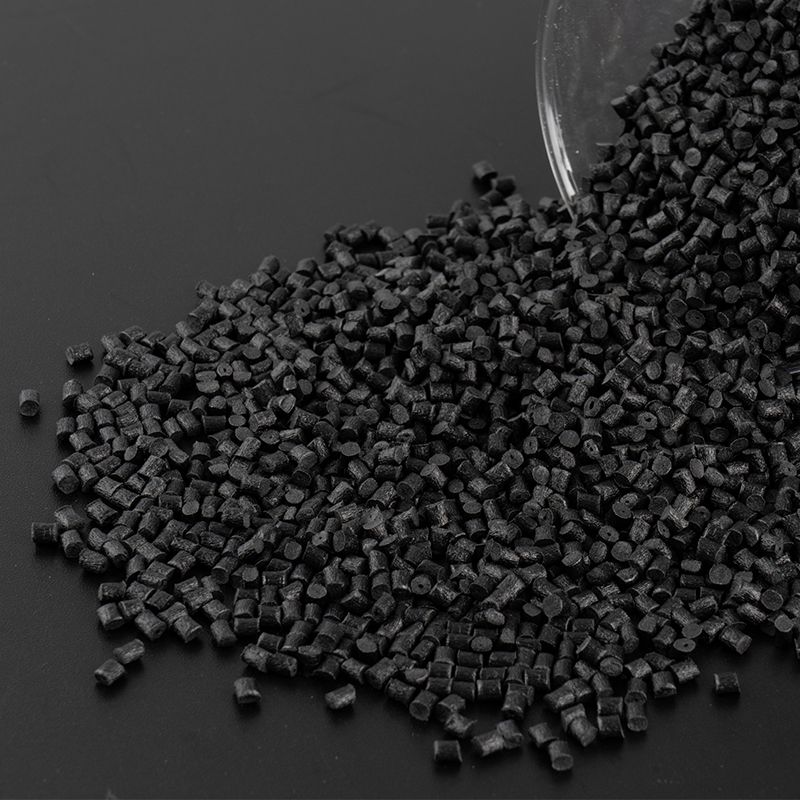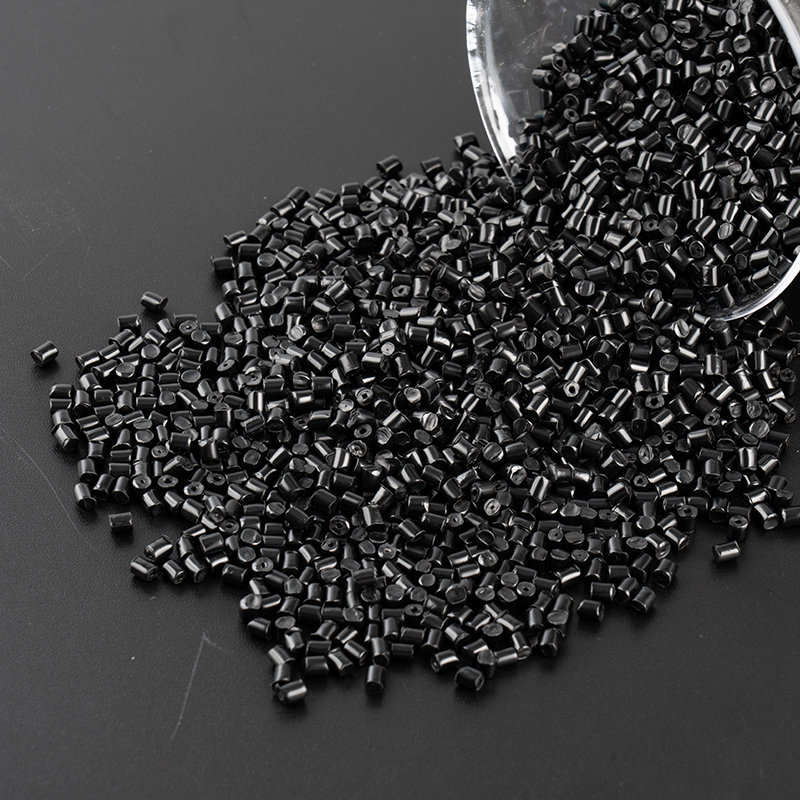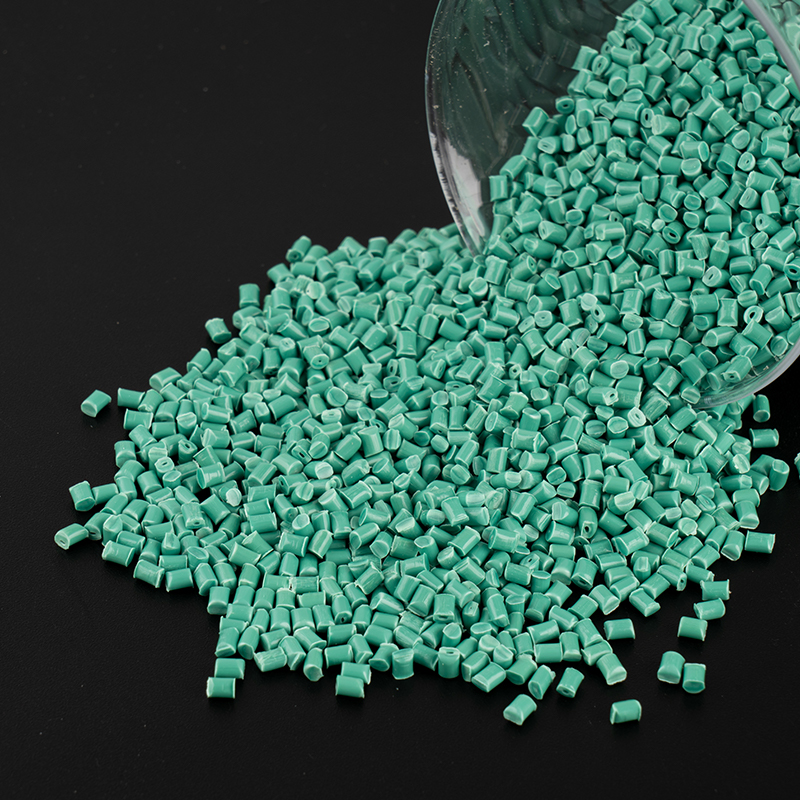Introduction
With the rapid development of the automotive industry, material selection plays an increasingly important role in vehicle design and manufacturing. Automotive components require materials with lightweight properties, high-temperature resistance, wear resistance, chemical resistance, and cost efficiency. Among common engineering plastics, PA6 Modified (Modified Polyamide 6) and PBT (Polybutylene Terephthalate) are two materials that have attracted significant attention.
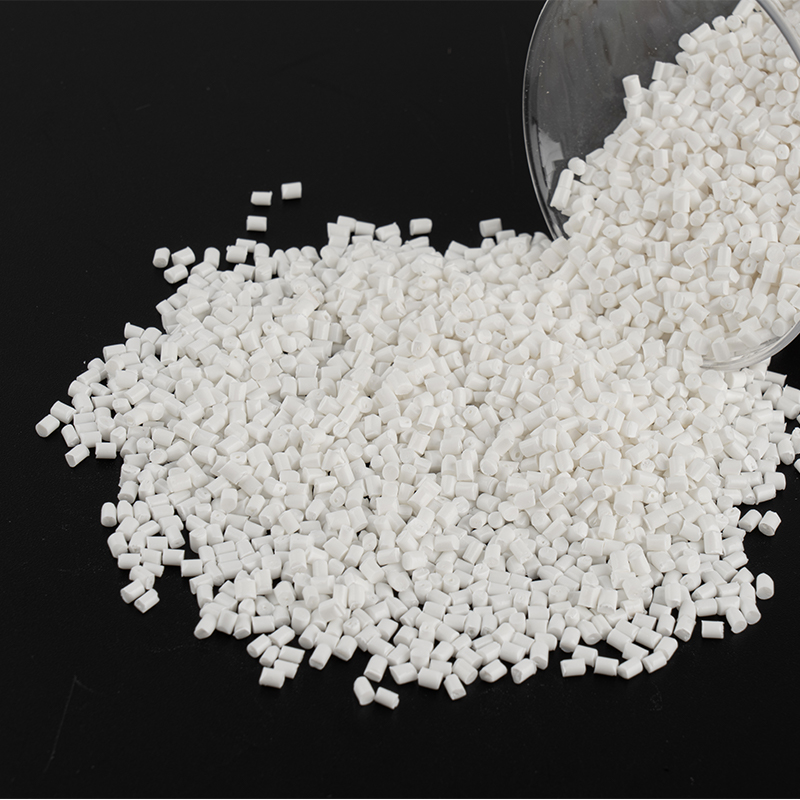
Overview of PA6 Modified Plastics
Basic Properties of PA6
PA6, or Polyamide 6, belongs to the nylon family and is known for its high mechanical strength, toughness, and wear resistance. It is widely used in the automotive industry, but due to its high water absorption and poor dimensional stability, it has limitations in certain demanding applications.
Modification Methods of PA6
To enhance its properties, PA6 is often modified in various ways:
- Glass fiber reinforcement: Improves mechanical strength and stiffness, making it suitable to replace some metal components.
- Flame retardant modification: Ensures compliance with fire safety standards for automotive electrical parts.
- Wear-resistant/self-lubricating modification: Enhances tribological performance for gears and bearings.
- Weather-resistant modification: Improves UV resistance and aging resistance, extending outdoor durability.
Typical Applications
In the automotive industry, modified PA6 is commonly used for:
- Intake manifolds
- Under-hood engine parts
- Headlamp brackets
- Electrical connectors
Its main advantage is balanced performance at relatively low cost.
Overview of PBT Engineering Plastics
Basic Properties of PBT
PBT belongs to the polyester family of engineering plastics and is well-known for its excellent dimensional stability, high heat resistance, and outstanding electrical properties. Compared to PA6, PBT absorbs less moisture, which helps maintain performance in humid environments.
Modification Methods of PBT
Common modification methods for PBT include:
- Reinforced flame retardancy: For electrical systems, ensuring safety.
- Hydrolysis resistance: Extends lifespan in high-humidity environments.
- UV resistance: Suitable for exterior automotive components exposed to sunlight.
Typical Applications
In the automotive sector, PBT is widely used in:
- Ignition system components
- Headlamp housings
- Automotive electrical plugs and connectors
- Fan blades
Its strength lies in dimensional stability and electrical performance, outperforming PA6 in these areas.
Performance Comparison
Comparative Analysis
The table below illustrates the differences between PA6 Modified Plastics and PBT across key performance metrics:
| Performance Index | Modified PA6 | PBT | Which is Superior? |
|---|---|---|---|
| Mechanical Strength | High, excellent toughness | High, but slightly brittle | PA6 is better |
| Heat Resistance | Medium-high (120–150℃) | High (150–170℃) | PBT is better |
| Dimensional Stability | High water absorption, prone to deformation | Low water absorption, stable | PBT is better |
| Chemical Resistance | Good, but affected by strong acids | Excellent, strong solvent resistance | PBT is better |
| Cost | Relatively low | Slightly higher | PA6 is better |
Further Discussion
- Mechanical Strength: Glass fiber-reinforced PA6 offers very high strength, suitable for replacing some metal parts.
- Heat Resistance: PBT is more stable under high-temperature conditions, especially in under-the-hood electrical components.
- Dimensional Stability: PA6 tends to absorb water and deform, while PBT is more suitable for precision parts.
- Chemical Resistance: PBT provides superior resistance to solvents and chemical corrosion.
- Cost: Even after modification, PA6 is still cheaper than PBT, offering better cost efficiency in mass production.
Application Scenarios Comparison
Applications of PA6 Modified Plastics
- Structural parts: Such as engine covers, gears, and seat components, where high strength and toughness are required.
- Cost-sensitive parts: Modified PA6 is often chosen in vehicle models where affordability is critical.
Applications of PBT
- Electrical components: Such as plugs, ignition systems, and relay housings, requiring precision and heat resistance.
- Exterior parts: Such as headlamp housings and fan blades, which must maintain shape stability over time.
Summary of Applications
- When strength and toughness are key → Choose PA6 Modified Plastics.
- When heat resistance and dimensional stability are key → Choose PBT.
Future Trends and Recommendations
Impact of Electric Vehicles on Material Choice
With the rapid rise of new energy vehicles and electric cars, material requirements are shifting. Higher demands for flame retardancy, heat resistance, and lightweight performance are driving broader applications of both PA6 Modified Plastics and PBT.
Coexistence of Materials
- PA6 Modified Plastics: Will continue to dominate in structural and high-strength applications.
- PBT: Will see increasing use in automotive electrical and electronic components, particularly in high-voltage batteries and motor-related systems.
Recommendations
- If cost efficiency and strength are priorities → Choose PA6 Modified Plastics.
- If heat resistance and precision are priorities → Choose PBT.






